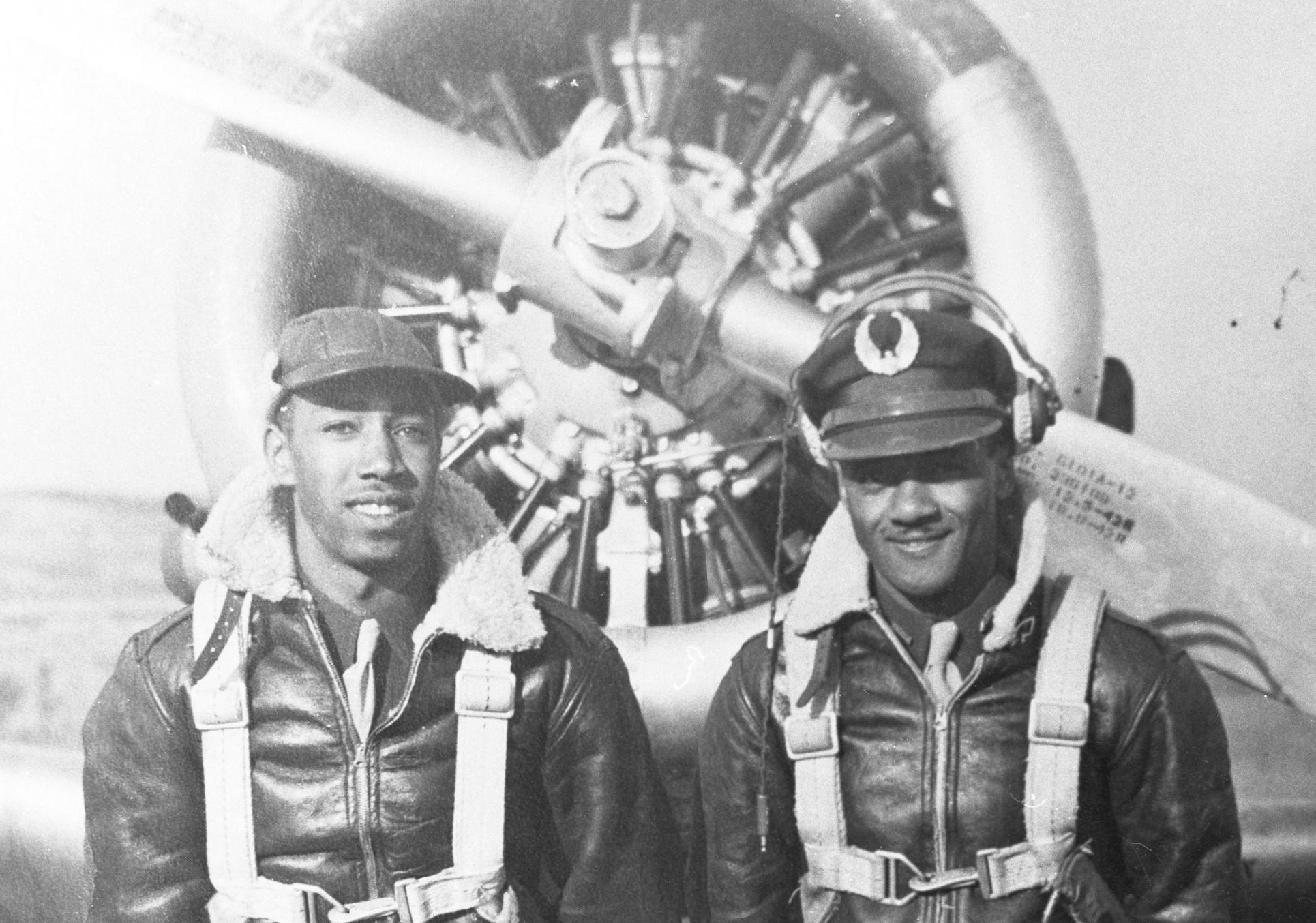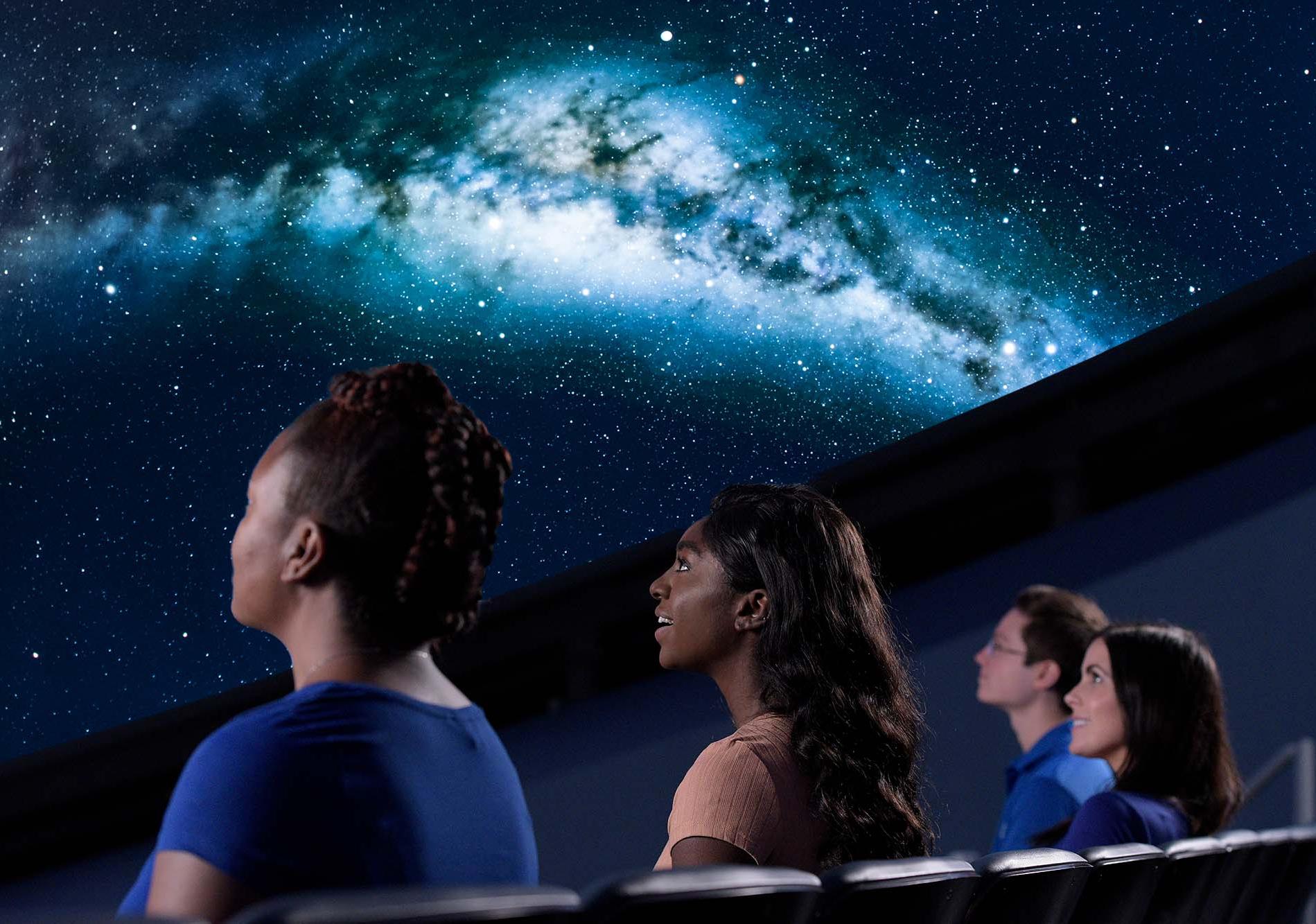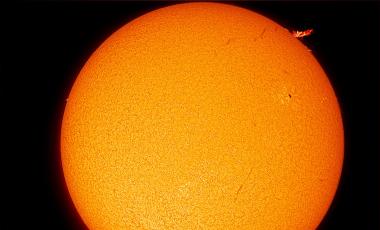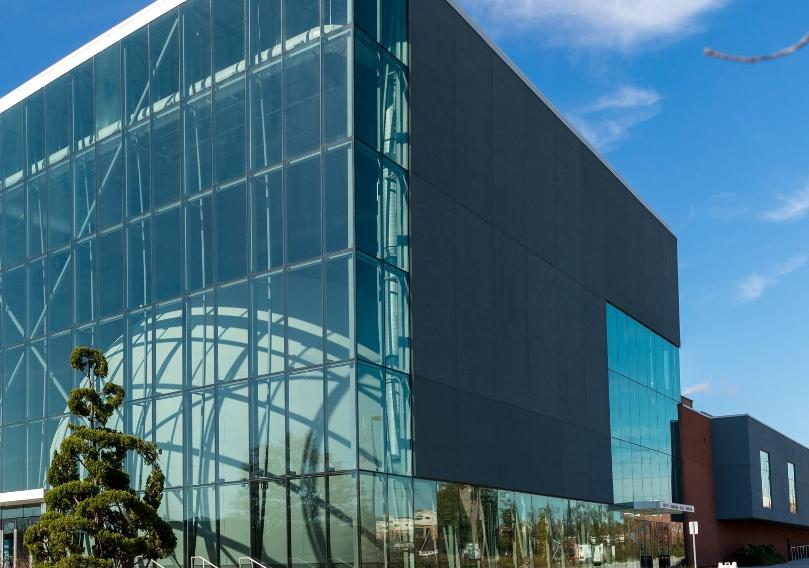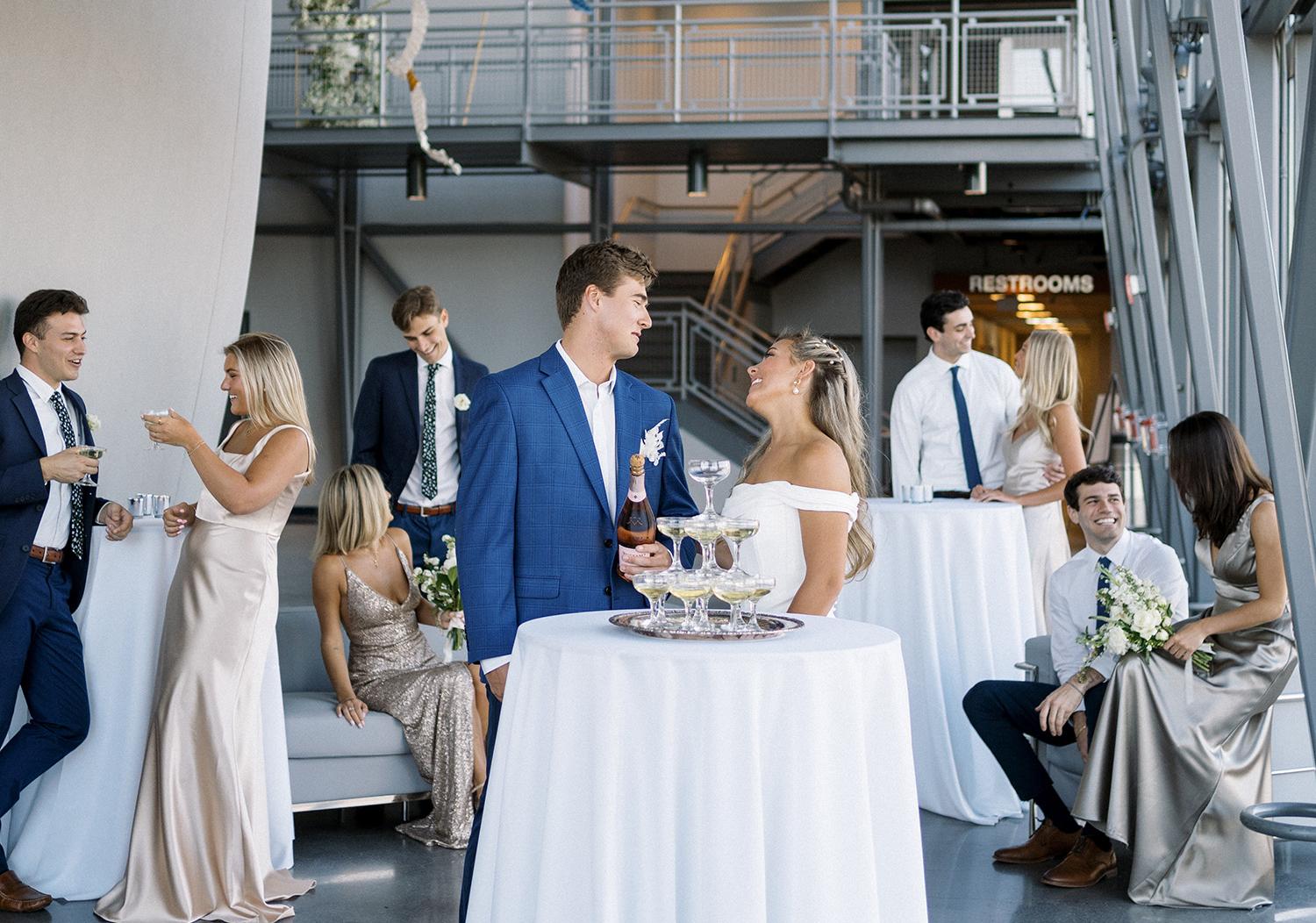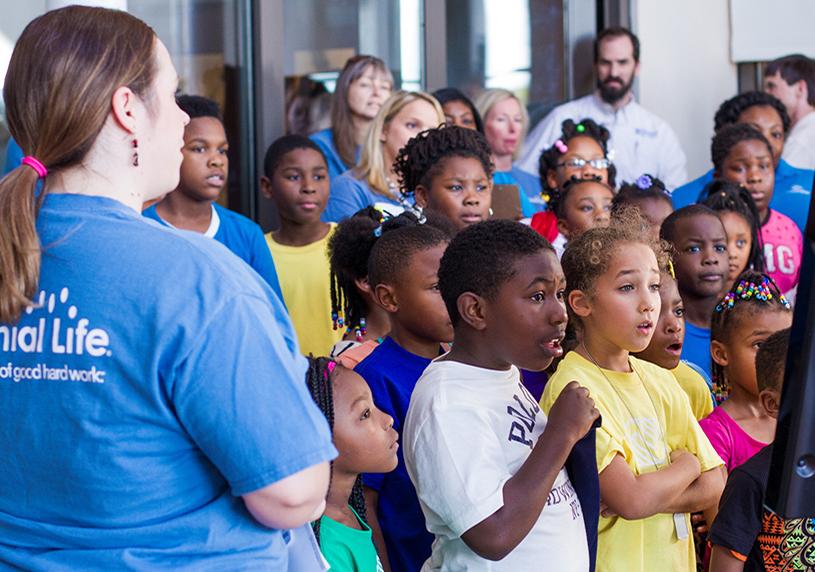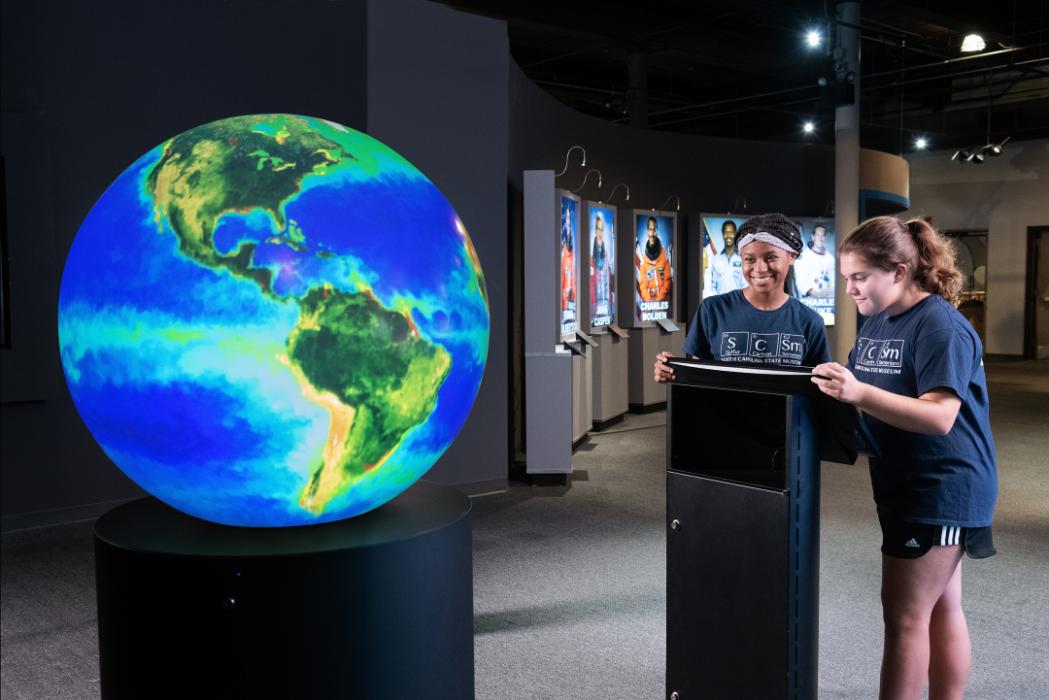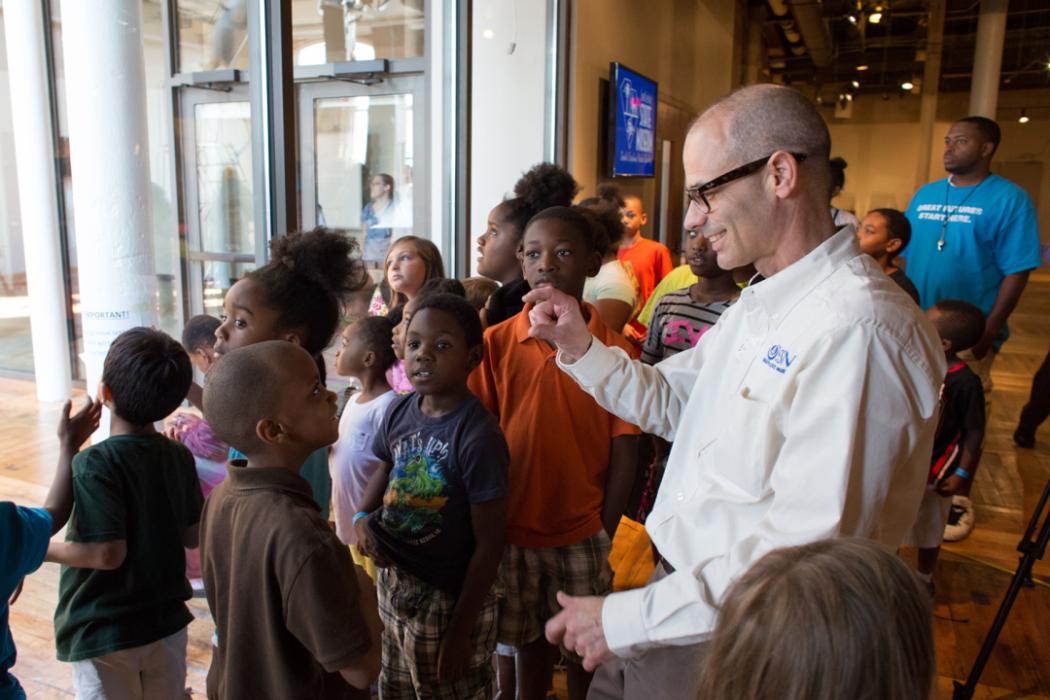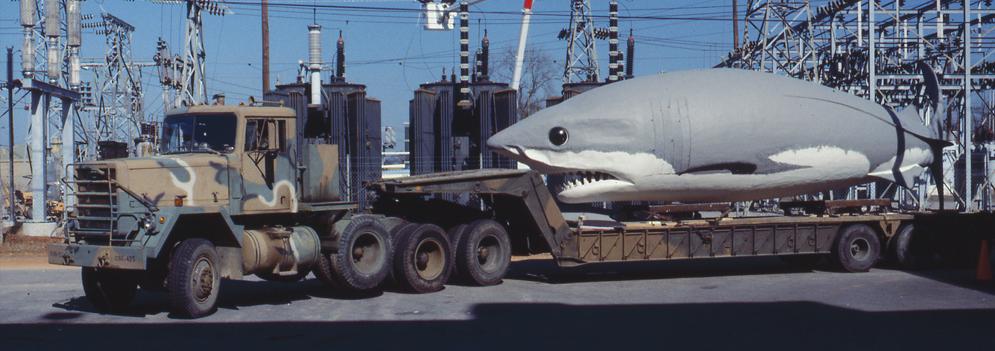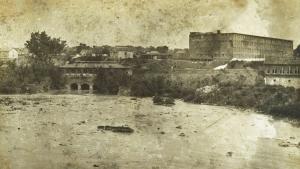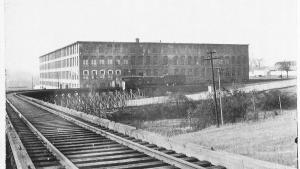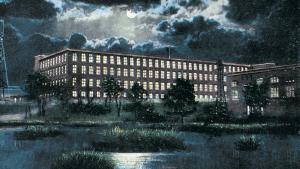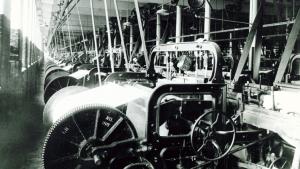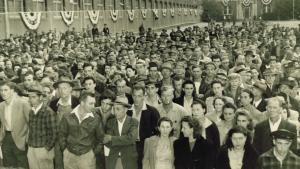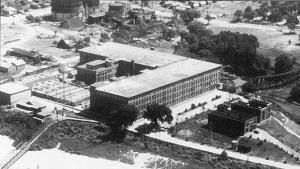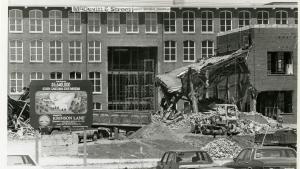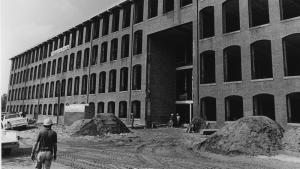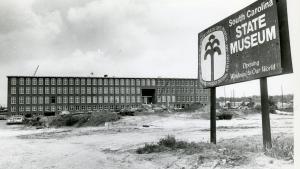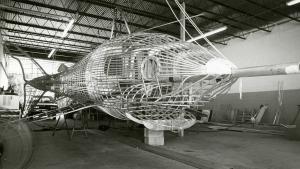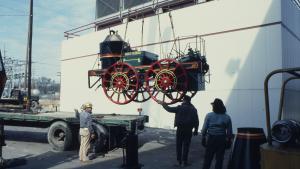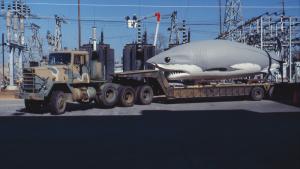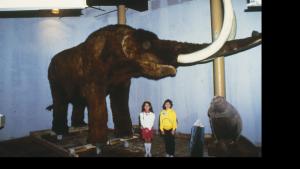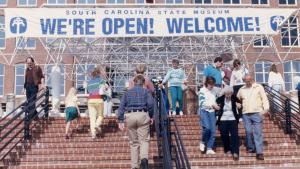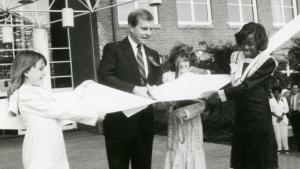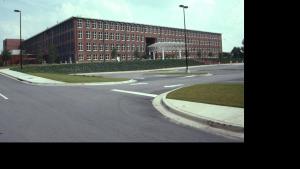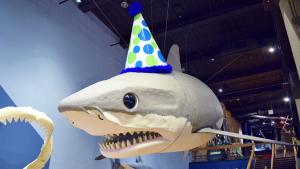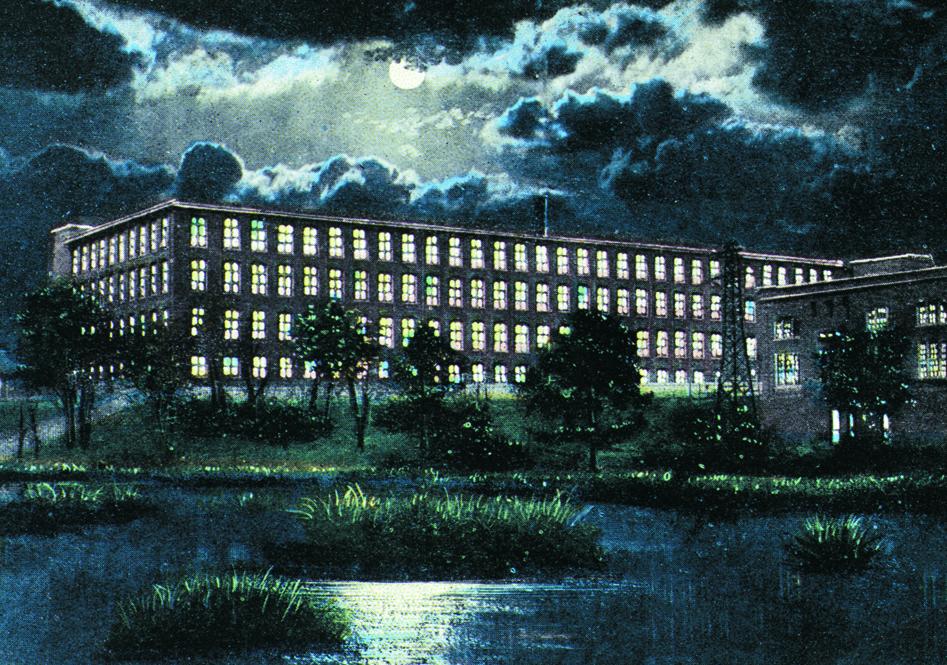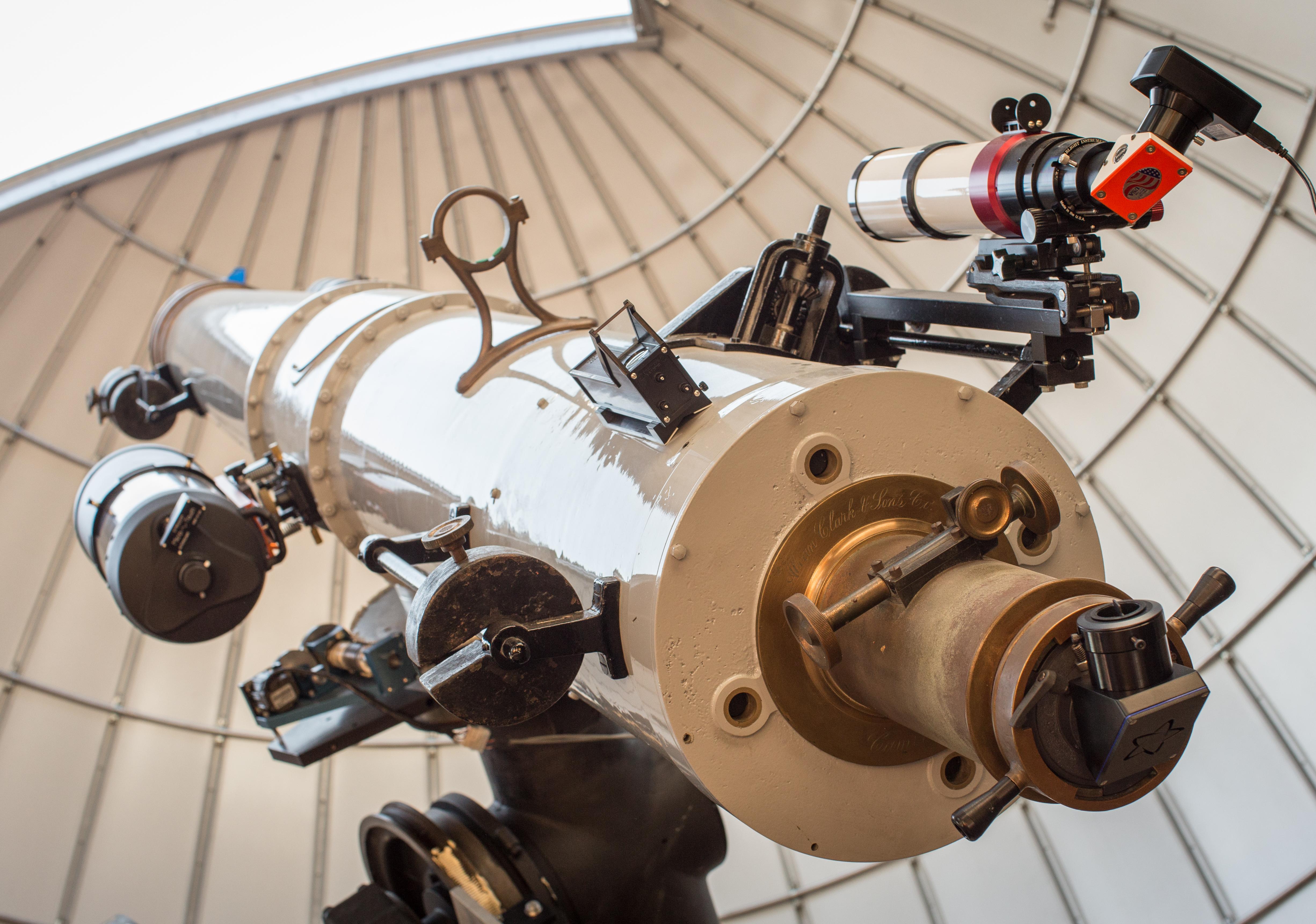
How did the world's first fully electric textile mill become South Carolina's largest museum? Read on to discover more!
Since opening its doors in 1988 the South Carolina State Museum has welcomed millions of visitors and generations of students from across the state and the world. However, the history of the museum goes back much further - all the way to 1971, when a committee formed by Governor John C. West concluded, “...if we want our children and citizens to know something of their heritage, the assets of our state and the direction of South Carolina’s progress into the future, a state museum is essential for these purposes.”
The South Carolina State Museum Commission was established shortly afterwards in 1973 to “create and operate a State Museum reflecting the history, fine arts, and natural history of the state.” Through the guidance and leadership of dedicated individuals such as Guy Lipscomb, Dr. Leo Twiggs, Tony Ganong and Governor Richard Riley, the museum would become a reality 15 years later, opening on October 29, 1988 in the historic Columbia Mills Building that once housed the first fully electric textile mill in the world.
The Columbia Duck Mill first opened in April 1894 and was powered by seventeen 65 horsepower motors, which were suspended from the ceiling because there was no space on the floor. The mill would grow to employ nearly one thousand workers by World War II, during which time it operated 24 hours a day, seven days a week, producing 1,500,000 yards of duck cloth per week that was used to make tents, tarpaulins, hatch covers, boat covers, gun covers, truck covers, collapsible pontoons, raft stretchers, cots, knapsacks, uniforms and shoes.
In the fall of 1980 the mill, now under the ownership of Mt. Vernon Mills, Inc., announced that it was closing because of a declining market for duck cloth. Also at this time, a small group of historians, artists and leaders were working on a plan to create a museum for South Carolina or - "A State Museum."
The concept for the South Carolina State Museum was first discussed in the 1960s with interest growing throughout the decade and into the 1970s. This resulted in the formation of the South Carolina State Museum Commission in 1973.
Early State Museum staff consisted of less than a dozen people who were tasked with a very big job - create a multidisciplinary museum reflecting South Carolina's history. They began with rough plans and watched as several initial concepts and locations fell through - including one that would have placed the museum near today's Riverbanks Zoo. However, the closing of the Columbia Mill in 1980 brought with it a new option - use its large space to house the new State Museum in a historic building.
At the request of then Gov. Richard W. Riley, the Museum Commission began to study the feasibility of using the mill for this purpose and on Dec. 7, 1981 Mt. Vernon Mills, Inc. donated the building to the state with the provision that it would be used for the South Carolina State Museum.
With the location settled, the museum's staff then had to find clever and cost-effective ways to make the century-old mill structure into the ideal museum space. This included concealing the numerous existing support posts behind and inside new walls - and even turning them into pretend "street lights" to fit in exhibition spaces.
Next came some of the State Museum's most iconic objects and displays, from "Finn," the massive Megalodon replica suspended over the second floor, to the full-size reproduction of the Best Friend of Charleston train on the third floor, and, on the fourth floor, the CSS Hunley model with its life-size mannequins that have been turning the historic submarine's crank (and scaring guests) for more than 30 years.
Finally Opening Day arrived with great fanfare on October 29, 1988 which included sky divers, a live performance of "Memory" from the hit Broadway show, Cats, and Governor Carroll Campbell cutting the ribbon with a giant pair of ceremonial scissors. South Carolina finally had their State Museum.
In the three decades since, the South Carolina State Museum has hosted over 300 exhibitions and grown to house a collection of more than 1 million objects, artworks, fossils and specimens. In 2014 the museum expanded - literally - with the addition of a state-of-the-observatory, 55ft digital dome planetarium and a 4D theater. As we plan for the next era and Reimagine the Experience for future generations, the State Museum remains committed to preserving and showcasing the culture, history, art, and natural wonder of South Carolina.
All images featured in this article are from the collection of the South Carolina State Museum unless otherwise noted.
Learn More About the State Museum
![Front of A Study [#6]](/sites/default/files/styles/squarish/public/2023-06/Art%20Collection%20BTS%20with%20Face%20Vessel.jpg?h=4deaec03&itok=6JVAmknH)
Museum Launches its First-Ever Online Collection Database

Plan Your Visit
Explore four floors of exhibitions, enjoy 4D theater and planetarium shows and discover the universe in the observatory.
